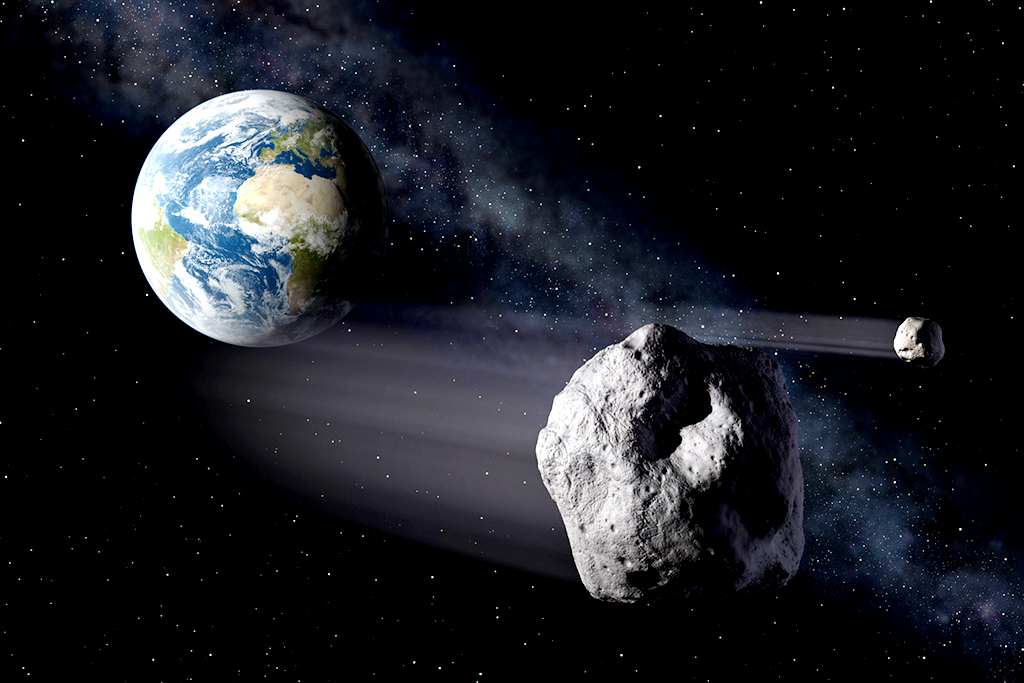

Thrombolite derives from the same root as thrombosis, which means “clot”. When the charismatic science presenter and University of Manchester’s rock star of particle physics, Professor Brian Cox, visited the thrombolites for his documentary series, Wonders of the Universe, his awe for the “weird, rocky blobs in the shallows” inspired many travellers to seek out Lake Clifton, to see “the first life on Earth”. This is a wild, weathered coast of enchantment.Ībout an hour’s drive south of Perth, I took the Old Coast Road into the Yalgorup National Park to Lake Clifton, home to the largest lake-dwelling thrombolites in the Southern Hemisphere. This is a coastline of shipwrecks and lobster shacks, of the scouring Roaring Forties, the wild westerly storm-bearing winds whipping the latitudes 40 and 50 degrees south, and the summer-soothing winds of the Fremantle Doctor, colloquially named for the relief it brings on a searing summer’s afternoon. Then snatches of the stark white, rippling sand dunes of the town of Lancelin. Every now and then through the scrub I caught glimpses of the blowy, white-capped turquoise water. Australia’s answer to the Northern Lights.The fight to save Australia’s ancient dinosaur trees.An extraordinary landscape at the edge of the world.With Earth an estimated 4.5 billion years old, it’s staggering to realise we can witness how the world looked at the dawn of time when the continents were forming. Fossils of the earliest known stromatolites, about 3.5 billion years old, are found about 1,000km north, near Marble Bar in the Pilbara region. Western Australia is internationally significant for its variety of stromatolite sites, both living and fossilised. Living stromatolites are found in only a few salty lagoons or bays on Earth. As I passed green and yellow road signs warning to keep a look out for kangaroos, emus and echidnas, there was another rare life form I was seeking an audience with – one that traces its ancestry to the beginning of time. Going on a road trip along the coast of the oldest continent on Earth was bound to be steeped in mysteries. There were white-trunked eucalypts and punk-haired grass trees sprouting in their thousands, flocks of black cockatoos in raucous flight and, sadly, dozens of kangaroos that had ended their days as roadkill. Like an M C Escher drawing, the landscape morphs from market gardens to limestone-spotted scrub, soundtracked with clattering windmills drawing water from the Yarragadee Aquifer formed during the Jurassic era. I was on Indian Ocean Drive heading a couple of hours north of Perth to Lake Thetis, on Western Australia’s wildcard Coral Coast. It was the closest I could get to soaking in the surrounds of desert and sea under the cloud-sailing sky. The sunroof was open and the tinted windows were wound down.


 0 kommentar(er)
0 kommentar(er)
